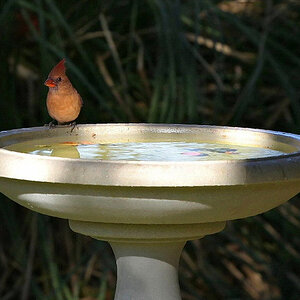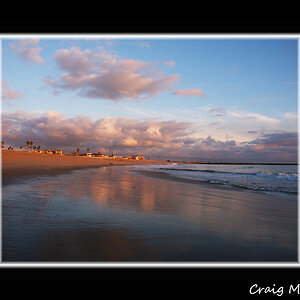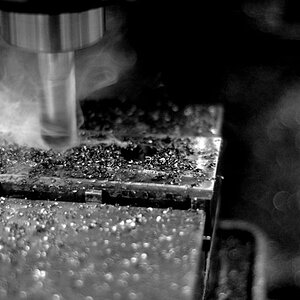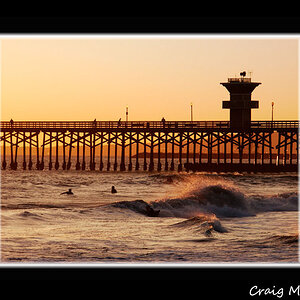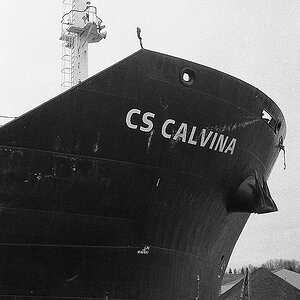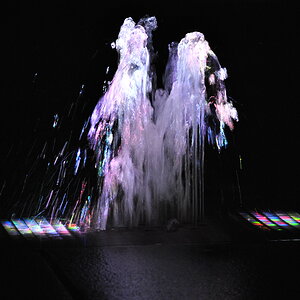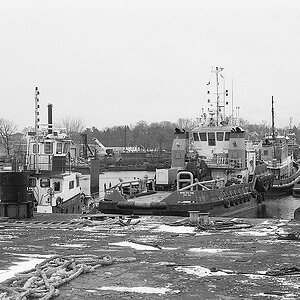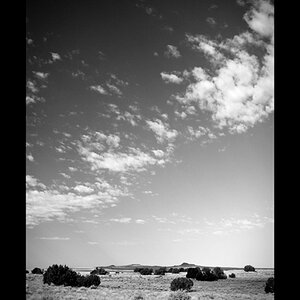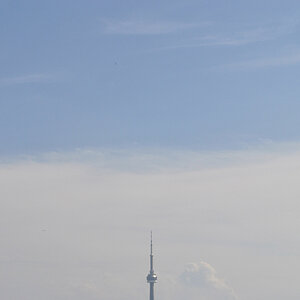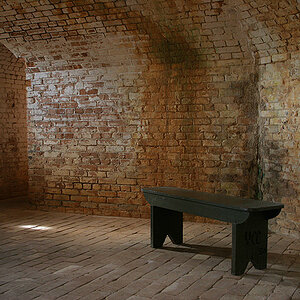jwbryson1
TPF Noob!
- Joined
- Apr 21, 2011
- Messages
- 4,280
- Reaction score
- 949
- Can others edit my Photos
- Photos OK to edit
So I'm reading this book by Scott Kelby and he discusses importing photos into LR3 in DNG format versus RAW. I've only just begun to read his book but so far it seems pretty good. :thumbup:
Amazon.com: The Adobe Photoshop Lightroom 3 Book for Digital Photographers (Voices That Matter) (9780321700919): Scott Kelby: Books
My limited understanding of DNG at this point is that it's really the same thing as the RAW file in terms of the ability to process the file, etc., and that the only difference between DNG and RAW is that the DNG file does not contain the metadata (does that mean the EXIF data?) information so you have a file that's about 15-20% smaller than the RAW file which saves space. Do I have that correct? :scratch:
One thing that has frustrated me in the past is not dating photos of my kids so I can tell exactly how old my child is in the photo. However, I now think the EXIF data is included on all photos, even those shot directly to JPEG, so if I have an EXIF reader, I can always go back and get that information. Is that also true?
I don't want to switch to DNG imports and then lose the ability to go back and view the EXIF information to get the date of the photo.
Can somebody clear this up for me?
Thanks.
Amazon.com: The Adobe Photoshop Lightroom 3 Book for Digital Photographers (Voices That Matter) (9780321700919): Scott Kelby: Books
My limited understanding of DNG at this point is that it's really the same thing as the RAW file in terms of the ability to process the file, etc., and that the only difference between DNG and RAW is that the DNG file does not contain the metadata (does that mean the EXIF data?) information so you have a file that's about 15-20% smaller than the RAW file which saves space. Do I have that correct? :scratch:
One thing that has frustrated me in the past is not dating photos of my kids so I can tell exactly how old my child is in the photo. However, I now think the EXIF data is included on all photos, even those shot directly to JPEG, so if I have an EXIF reader, I can always go back and get that information. Is that also true?
I don't want to switch to DNG imports and then lose the ability to go back and view the EXIF information to get the date of the photo.
Can somebody clear this up for me?
Thanks.
As an Amazon Associate we earn from qualifying purchases.



